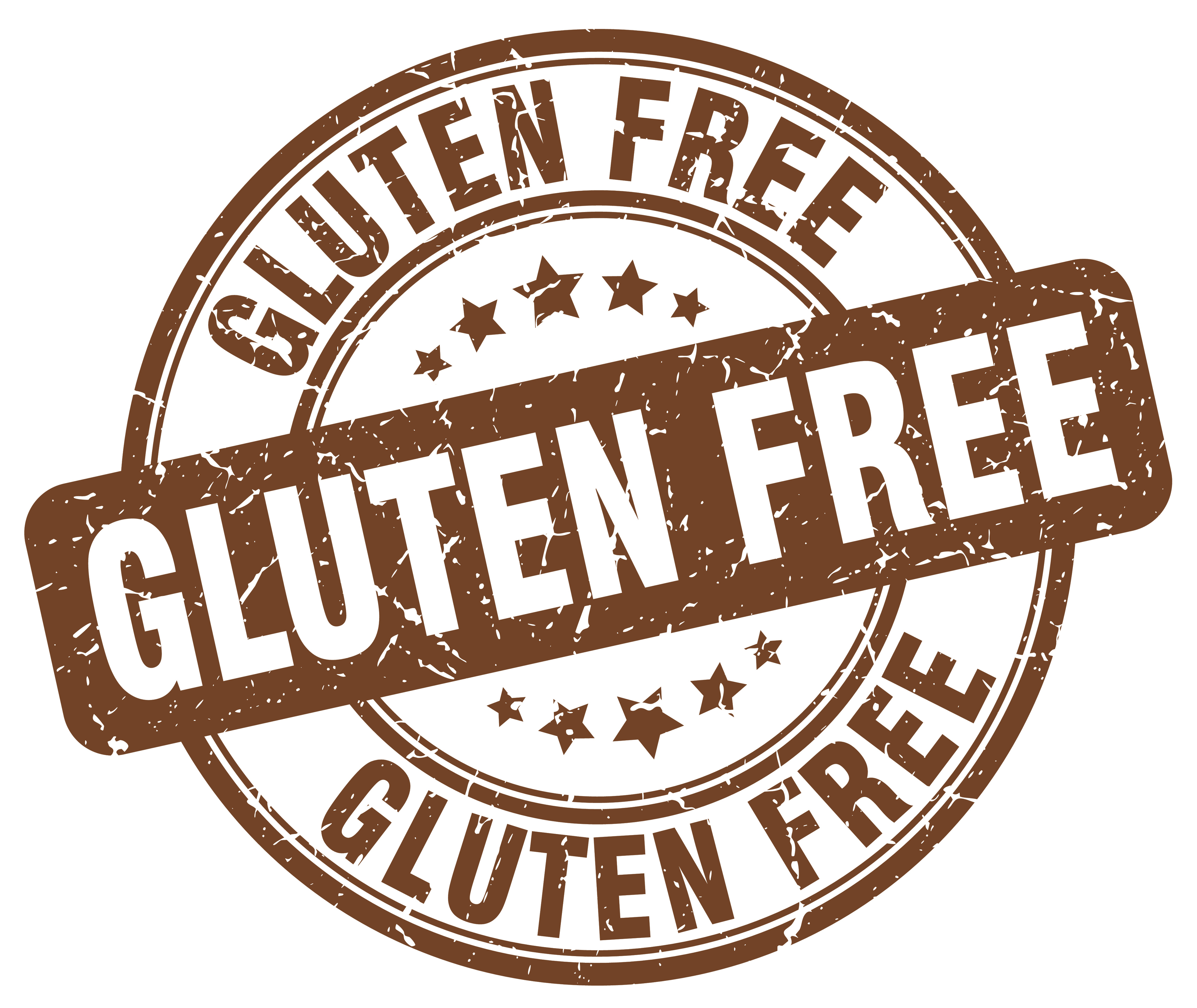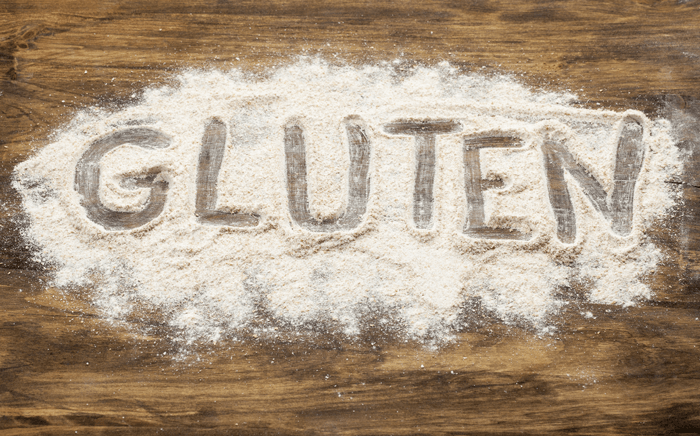With the month of May approaching, it’s time to take a moment and focus on an auto-immune disorder that does not get much attention. This illness, while not always terminal, does change the everyday lives of those affected. That means Celiac affects the person afflicted as well as the expectation that loved ones, friends, schools, grocery stores, restaurants, workplaces, event planners and others will be involved. That’s because it is not the sole responsibility of the those with Celiac Disease to look out for their well-being and safety. Thank you for reading my guide to Celiac Disease and for sharing it with your network.
Know Celiac Disease vs Intolerance
As a reminder, Celiac Disease is classified as “a serious genetic autoimmune disorder where the ingestion of gluten leads to damage in the small intestine.” Gluten is a protein found in grains, such as wheat, and have a detrimental affect n those with Celiac Disease. For a refresher on what Celiac Disease is and how it differs from gluten sensitivity and intolerance, check-out a helpful classic from my blog, here.
Be Food Label Savvy
One of the only ways any us have of knowing whether food is safe is the label. Unfortunately, the gluten-free labels are often mistaken as synonymous with healthy. However, gluten-free whole grains may have less fiber than their gluten counterparts. These food products also often contain larger amounts of sugar to offset the taste, or other unhealthy products used to help bind and soften ingredients in the absence of gluten.
Looking for the Gluten-Free label is important, but the nutrition label is also key to ensuring we serve nutritious food to our attendees. For more information on food labels and what they really mean, you can find out, here.
Food Safety – Beyond the Label
Cross-contact is a major concern for those with any dietary restrictions. However, for anyone with Celiac Disease, it is of particular concern. Similar to peanuts, gluten and gluten particles are so harmful and so easily spread that if proper care isn’t taken in the kitchen and on the way to the table, food that was indeed gluten-free, can suddenly become unsafe and harmful. Cross-contact can be a simple product of mishandling during preparation. Or it can be a result of a lack of care.
There are three ways cross-contact can occur: food to food, food to object, and food to saliva. There are solutions, but it means involving careful attention to staff training, quality control in the kitchen, and a clear understanding and acceptance of our role and responsibility for those with Celiac Disease. For more on cross-contamination, please see my easy, quick-reference guide, here.
Food Tech to Fill the Information Gap & Protect Against Stigma
Gluten intolerance has brought about a great deal of attention to dietary restrictions in general. It has brought about an awareness of gluten, nutrition, and Celiac Disease. The downside is that anytime we see a rise in the prevalence of a topic, especially one growing as globally and quickly as gluten and food allergies, we also see people who are resistant to learning the true to nature of the condition. There are plenty of people who are, unfortunately, unable to see the scope of the issue and their role. For this reason, cross-contact and lack of proper labeling on foods and menus are a real danger.
In answer to this, new consumer technology is coming to the forefront and adding a layer of safety for those with food allergies. Food spectrometers are just one example of pocket-sized consumer technology that can help those with food allergies to quickly decide whether their meal is truly safe. As meeting planners, we can also deploy this technology at the interval between food leaving the kitchen and reaching the guest’s table. For more on food technology, check out this article from my archives. Check this blog often as I’ll be releasing an update on food tech developments in 2017.
Celiac Disease Myths – We Should All Know Better
We aren’t all afflicted with food allergies, intolerances, autoimmune disorders, and other dietary restrictions. That means we don’t all have the first-hand experience to understand what people with these conditions go through. To help guide the public and reduce stigma, it is my place to produce reliable information and updated information. Here are six myths for your quick reference education:
[list icon=”icon: check-square-o” icon_color=”#d81c5c”]
- No. Gluten sensitivity and intolerance are not the same as Celiac Disease.
- No. Celiac Disease symptoms and effects are not restricted to the gut.
- Yes. Celiac Disease is a serious, sometimes life-threatening condition.
- No. Testing is not mandatory. And because it is not a condition that can be caught, imposing the cost of testing does not need to be mandatory for those who suspect they have the disease
- No. There is no cure for Celiac Disease. Going gluten-free is how the condition is managed.
- No. If someone goes gluten-free and feels better, it does not mean they must have Celiac Disease. It could be they are intolerant or it could simply mean common companion ingredients were irritating for them.
[/list]
For more detail about common Celiac Disease myths, check out this article from last year. It’s still just as relevant today and offers important information to help fight stigma and misinformation.
A Few Recipes to Get You Started
On of the most common meals where gluten is served or where cross-contact occurs, is at breakfast. Think about how many breakfasts have bagel, cereals, toast, pancakes, waffles, croissants, pastries, and other gluten-heavy choices. Even meetings where gluten-free bagels are served, we often see them placed next to the regular bagels with only one serving tong for both bowls. Using the same utensil to take bagels from each bowl immediately causes cross contact and the bagels are now inedible for those with Celiac Disease.
In addition, those who don’t the condition and aren’t aware of concepts like cross-contamination will often mix bagels between the two bowls. How many times have you seen someone move bagel from one bowl to the other to try and get to their favorite one sitting at the bottom? Proper labeling, best practices, quality menu design, and an educated staff that can design a presentation that is functional (Celiac friendly) as well as attractive are all major factors. To help, here are six gluten-free breakfast menu options for planners to consider.
Please consider passing this guide to Celiac Disease on anytime you think it might be helpful, but for the month of May, I challenge my fellow planners to share this, and any other resources you find helpful, to our growing network. Feel free to tag me @tstuckrath or @thrivemeetings so I can also help spread the word.
Happy #CeliacDiseaseAwarenessMonth
Guide to Celiac Disease: List of Resources
How to Buy: 19 Food Labels You Need to Understand
Cross-Contamination, Cross-Contact, & Food Safety at Your Event
Utilize Technology to Make Diet Choices Easier & Safer
6 Celiac Disease Myths for Celiac Awareness Month
6 Breakfast Options For Attendees with Celiac Disease



